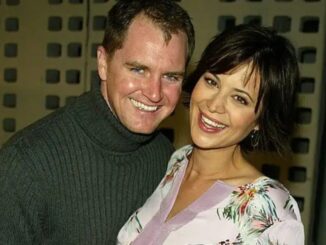
Holly Sonders Age, Wiki, Husband, Parents, Height, Net Worth
Holly Sonders is a popular American golfer, reporter, TV host, model, social media influencer, sportscaster, and entrepreneur. She playing many golf championships in her high […]

Holly Sonders is a popular American golfer, reporter, TV host, model, social media influencer, sportscaster, and entrepreneur. She playing many golf championships in her high […]

Eija Skarsgård is a former model and nightclub manager. She is well-recognized as the daughter of actor Stellan Skarsgard from his marriage to My Skarsgard. […]

Charlie Wright is an actor and writer. He is famous for his roles in the Ingrid Goes West (2017), Diary of a Wimpy Kid: The […]

Cillian Murphy is a famous Irish actor. He is famous for 28 Days Later (2002), the dark comedy Intermission (2003), the thriller Red Eye (2005), […]

Parker Schnabel is an American reality television star and gold miner. He is famous for his appearance in the television shows Gold Rush. he is […]

Kim Mingyu is a South Korean singer and rapper. He is a member of the boy group Seventeen under Pledis Entertainment. Kim Min-gyu made his […]

Daijah Wright is a professional American rapper and singer. She is well-recognized as the daughter of American popular rapper Eazy-E. If you know more details […]

Andrea Espada is an Actress, YouTuber, and social media personality. She worked as the host of the game show “Estrella TV Presenta: Esto es Guerra” […]

Emer Kenny is a famous British Actress and screenwriter. She is well-known for her role as Zsa Zsa Carter in “EastEnders” and its spin-off “EastEnders: […]

Adam Beason is a Screenwriter and Producer. In 1990s, he began his career. He made his film debut with the “Deceived” in 1991. As a […]
Copyright © 2024 | Reporter Door